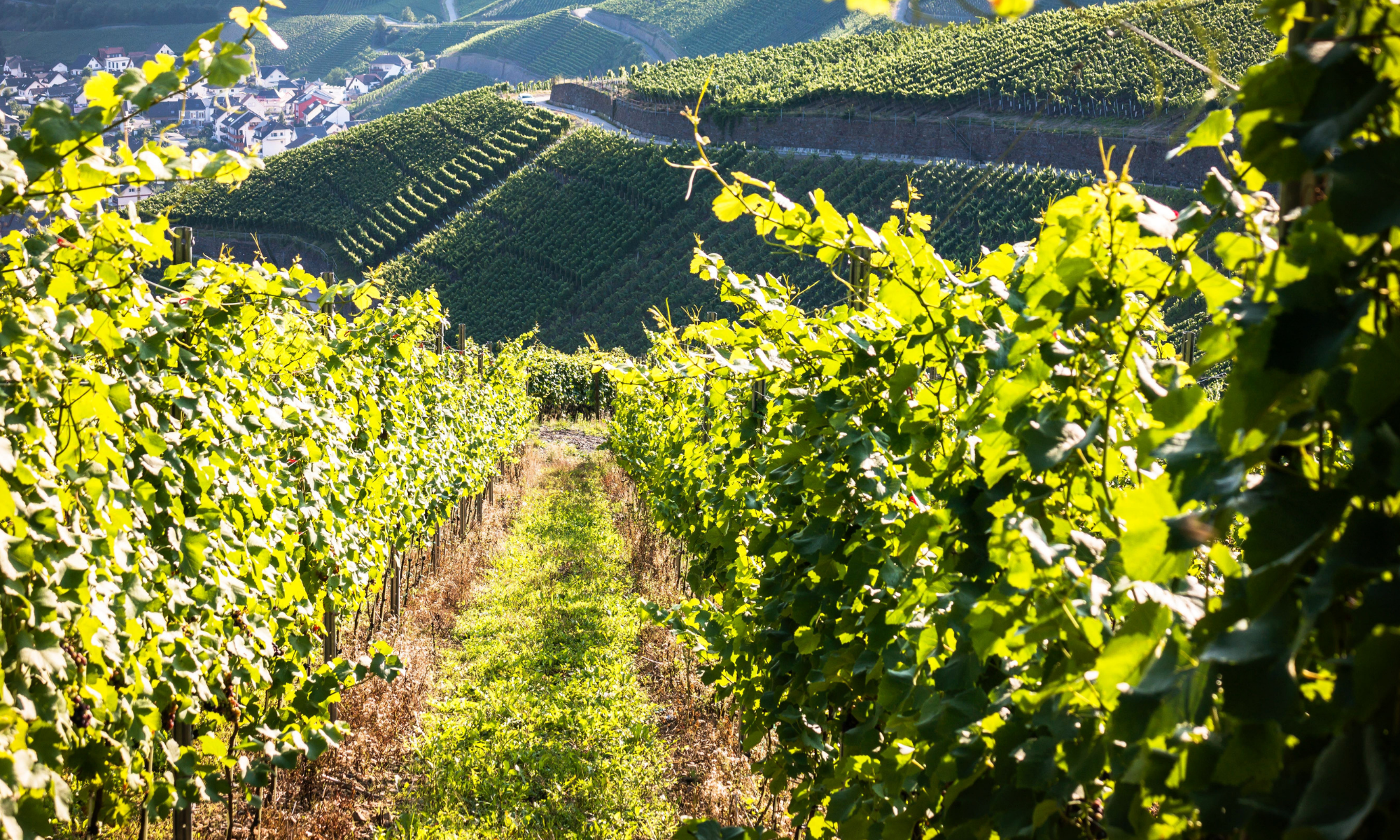 Insect Superpowers, by Kate Messner; illus. by Jillian Nickell
Insect Superpowers, by Kate Messner; illus. by Jillian Nickell
80 pages; ages 8 – 12. Chronicle Books, 2019
The book’s subtitle describes what’s between the covers: 18 Real Bugs that Smash, Zap, Hypnotize, Sting, and Devour! So I could not wait to get my hands on a copy (it was released just a few weeks ago).
In six chapters, Messner presents a diversity of insect superpowers that rival any comic book hero: speed, mimicry, strength, defensive engineering, and the “Jaws of Doom”. She devotes an entire chapter to the “Masters of Chemical Weaponry” ~ featuring termites, the bombardier beetle and lubber grasshoppers. Good thing these insects are small, because their superpowers make them mighty.
“Imagine a human-size termite with a goo gun for a face,” writes Messner, “or a beetle the size of a bear that shoots a hot toxic chemical mist from its bottom!” The African bombardier beetle sprays a hot chemical mist from its rear end when threatened. It actually sprays a series of superfast pulses – about 500 per second – so it’s like a chemical machine gun, Messner points out. That’s enough to make birds back off.
What I like about this book: I like graphic-novel style. It’s filled with action: swoops! sluuurps! Chomp! Smack! Slash! Crunch! Pfffr-ffft!

I like the way Messner begins each chapter with an introduction of the insect: common name, scientific name, identification features, size, and superpower. Throughout the short chapter, she presents information in text boxes. She also includes an icon illustrating an arch-enemy for each insect. Total fun!
Head over to Archimedes Notebook for a book about animal farts and some related activities.

It’s STEM Friday! (STEM is Science, Technology, Engineering, and Mathematics)
Copyright © 2019 Sue Heavenrich All Rights Reserved.


 Growing Up Gorilla, by Clare Hodgson Meeker. 48 pages; ages 8-12. Millbrook Press, 2019
Growing Up Gorilla, by Clare Hodgson Meeker. 48 pages; ages 8-12. Millbrook Press, 2019 by Susan Edwards Richmond; illus. by Stephanie Fizer Coleman
by Susan Edwards Richmond; illus. by Stephanie Fizer Coleman by Eric Ode; illus by Ruth Harper
by Eric Ode; illus by Ruth Harper One North Star: A Counting Book
One North Star: A Counting Book 
 Biodiversity: Explore the Diversity of Life on Earth (Build It Yourself series)
Biodiversity: Explore the Diversity of Life on Earth (Build It Yourself series)

 by Ann Marie Stephens; illus. by Jia Liu
by Ann Marie Stephens; illus. by Jia Liu Evelyn The Adventurous Entomologist: The True Story Of A World-Traveling Bug Hunter
Evelyn The Adventurous Entomologist: The True Story Of A World-Traveling Bug Hunter